Baccalieu Island Seabird Project
Baccalieu Island, off the east coast of Newfoundland (48°8'6" N, 52°48'2" W), is an ecological seabird reserve supporting the world's largest known colony of Leach's Storm-petrels (Oceanodroma leucorhoa), with over 2 million breeding pairs. This small and nocturnal species is notoriously difficult to investigate, however conventional surveying methods indicate a rapid, recent decline in the population size. Questions remain concerning colony population sizes and fluctuations that pre-date modern monitoring, as well as determining which processes may be driving recent trends.
Leach's Storm-petrels fly hundreds of kilometers offshore to forage primarily on lanternfish, returning to their burrows to feed their young the highly concentrated oily material. The petrels build their burrows in soft peat and heath habitats throughout the island, particularly in the catchment area of freshwater ponds on Baccalieu. Consequently, the resulting guano and other refuse fertilizes nearby water bodies and thus the ponds� sediments may provide an important archive of past colony size.
Using a combination of paleolimnological proxies, including chlorophyll-a, δ15N and diatoms, we will attempt to reconstruct the long-term population dynamics of this globally important species to learn if colonization, growth, decline and extirpation are normal parts of colony dynamics.
Click on an image to open larger version.
Publications from this project:
Duda, M.P.,
Glew, J.R., Michelutti, N., Robertson, G.J., Montevecchi, W.A.,
Kissinger, J., Eickmeyer, D.C., Blais, J.M., and Smol, J.P. 2020.
Long-term changes in terrestrial vegetation linked to shifts in a
colonial seabird population. Ecosystems
Duda, M.P., Robertson, G., Lim, J.E., Kissinger, J., Eickmeyer, D.,
Montevecchi, W.A., Grooms, C., Kimpe, L.E., Montevecchi, W.A.,
Michelutti, N., Blais, J.M., and Smol, J.P. 2020. Striking
millennial-scale changes in the population size of a threatened seabird.
Proceedings of the Royal Society London B.: 20192234.
http://dx.doi.org/10.1098/rspb.2019.2234.
PEARL Media Release:
Hundreds of years of bird droppings provide clues to the long-term
dynamics of a vulnerable seabird. January 2020. Canadian Geographic,
The Times Colonist, The Toronto Star, Richmond News, Phys.Org, Queen's Gazette. Duda, M., Cyr, F., Robertson, G., Michelutti, N., Meyer-Jacob, C., Hedd, A., Montevecchi, W., Kimpe, L., Blais, J., and Smol, J.P. 2022.
Climate oscillations drive millennial-scale changes in seabird colony size. Global Change Biology 28: 4292-4307. Lim, J.E., Duda, M.P., and Smol, J.P. 2021. Chironomid assemblage changes and chitin degradation in response to ~ 1700-years of seabird
population fluctuations at the world’s largest colony of Leach’s Storm-Petrels (Atlantic Canada).
J. Paleolimnology 65: 429–443. DOI:10.1007/s10933-021-00181-1.
Duda, M.P., Michelutti, N., Wang, X., and Smol, J.P. 2021. Categorizing the influences of two large seabird colonies on island freshwater ecosystems
in the Northwest Atlantic Ocean. Hydrobiologia 848: 885–900.DOI: 10.1007/s10750-020-04498-2. Duda, M.P., Glew, J.R., Michelutti, N., Robertson, G.J., Montevecchi, W.A., Kissinger, J., Eickmeyer, D.C., Blais, J.M., and Smol, J.P. 2020.
Long-term changes in terrestrial vegetation linked to shifts in a colonial seabird population.
Ecosystems 23: 1643–1656.
Link to related studies done
at PEARL

|